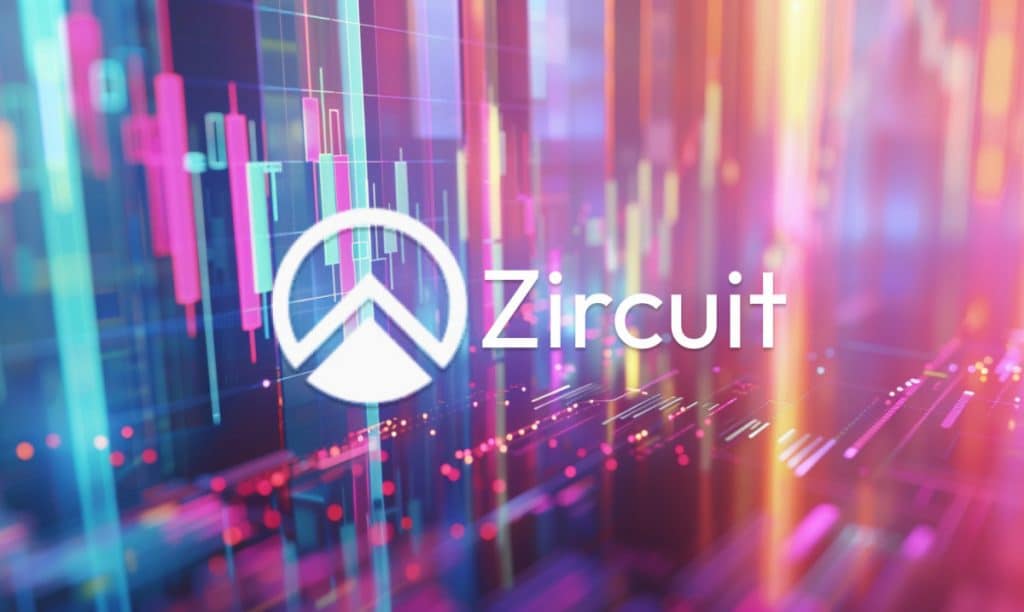Zircuit’s TVL Surpasses $200M with Kelp DAO and Renzo Protocol Leading the Charge


In Brief
Zircuit’s TVL surpassed $200 million after the opening of staking window last week, with Kelp amassing 19,000 rsETH, followed by Renzo with 15,500 ezETH.

Total value locked (TVL) of the EVM-compatible Zero-Knowledge rollup Zircuit surged past $200 million after the opening of its staking window last week. This milestone comes amid the rapid rise of EigenLayer, with Zircuit capitalizing on the burgeoning interest in restaking protocols. Over the weekend, Kelp DAO amassed 19,000 rsETH, ranking first, followed by Renzo Protocol with 15,500 ezETH, and Swell Network’s rswETH and Liquid Collective’s LsETH, jointly ranking third with 12,000.
Liquid restaking allows holders of liquid-staking tokens (LST) to stake their assets directly on EigenLayer or Zircuit, actively participating in its economic security. This stands in contrast to traditional liquid staking, where assets are staked through a staking service provider, and participants receive receipt tokens in return.
As users increasingly choose to engage with restaking programs, protocols like Kelp DAO, Renzo, Etherfi, Puffer Finance, and others have observed a rise in deposits over the past month.
With assets exceeding $500 million deposited on EigenLayer, Kelp DAO stands out as one of the leading liquid restaking platforms, facilitating liquid restaking for both native Ethereum‘s cryptocurrency ETH and ETH LSTs.
Accumulating a similar amount in deposits, Renzo serves as a Liquid Restaking Token (LRT) and Strategy Manager within the EigenLayer ecosystem. It acts as the interface, ensuring the security of Actively Validated Services (AVSs) and offering a higher yield than that of ETH staking. Last week, Renzo garnered support from venture capital firm Binance Labs, with the newly acquired funds intended to enhance its development.
Zircuit’s Staking Program
The Zircuit staking program is designed to encourage and reward users and communities that actively contribute to Zircuit’s initial liquidity.
By participating in the staking activity, users can earn Zircuit points in addition to staking benefits or other existing points. All liquidity staking tokens and liquid restaking tokens, such as Renzo’s ezETH, Swell’s rswETH, Kelp’s rsETH, Liquid Staked ETH, and Lido’s stETH, can receive 1x more Zircuit points than ETH. Furthermore, users have the opportunity to earn 15 points by participating in form-filling invitations and entering the invitation code.
Once the Zircuit mainnet is launched, users will have the option to migrate their assets to it, enabling them to receive maximum rewards or withdraw funds at their convenience and retain the accumulated points and profits.
Zircuit’s dynamic development highlights the rising popularity of liquid restaking, signalling a promising future for Ethereum investors.
Disclaimer
In line with the Trust Project guidelines, please note that the information provided on this page is not intended to be and should not be interpreted as legal, tax, investment, financial, or any other form of advice. It is important to only invest what you can afford to lose and to seek independent financial advice if you have any doubts. For further information, we suggest referring to the terms and conditions as well as the help and support pages provided by the issuer or advertiser. MetaversePost is committed to accurate, unbiased reporting, but market conditions are subject to change without notice.
About The Author
Alisa, a dedicated journalist at the MPost, specializes in cryptocurrency, zero-knowledge proofs, investments, and the expansive realm of Web3. With a keen eye for emerging trends and technologies, she delivers comprehensive coverage to inform and engage readers in the ever-evolving landscape of digital finance.
More articles

Alisa, a dedicated journalist at the MPost, specializes in cryptocurrency, zero-knowledge proofs, investments, and the expansive realm of Web3. With a keen eye for emerging trends and technologies, she delivers comprehensive coverage to inform and engage readers in the ever-evolving landscape of digital finance.


















































